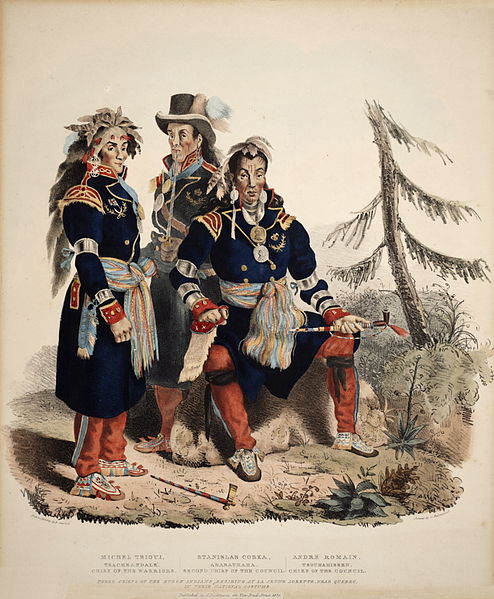Quebec law is unique in Canada because Quebec is the only province in Canada to have a juridical legal system under which civil matters are regulated by French-heritage civil law. Public law, criminal law and federal law operate according to Canadian common law.
The Édifice Ernest-Cormier is the courthouse for the Quebec Court of Appeal in Montreal
The 1865 commission with the mandate to codify the civil laws of Lower Canada.
Quebec is one of the thirteen provinces and territories of Canada. It is the largest province by area and the second-largest by population. Much of the population lives in urban areas along the St. Lawrence River, between its most populous city, Montreal, and the provincial capital, Quebec City. Located in Central Canada, the province shares land borders with Ontario to the west, Newfoundland and Labrador to the northeast, New Brunswick to the southeast, and a coastal border with Nunavut; in the south it borders the United States.
A depiction of Jacques Cartier by Théophile Hamel, 1844
Three Huron-Wyandot chiefs from Wendake. New France had largely peaceful relations with the Indigenous people, such as their allies the Huron. After the defeat of the Huron by their mutual enemy, the Iroquois, many fled from Ontario to Quebec.
Montcalm leading his troops into battle. Watercolour by Charles William Jefferys.
The Battle of Saint-Eustache was the final battle of the Lower Canada Rebellion.






